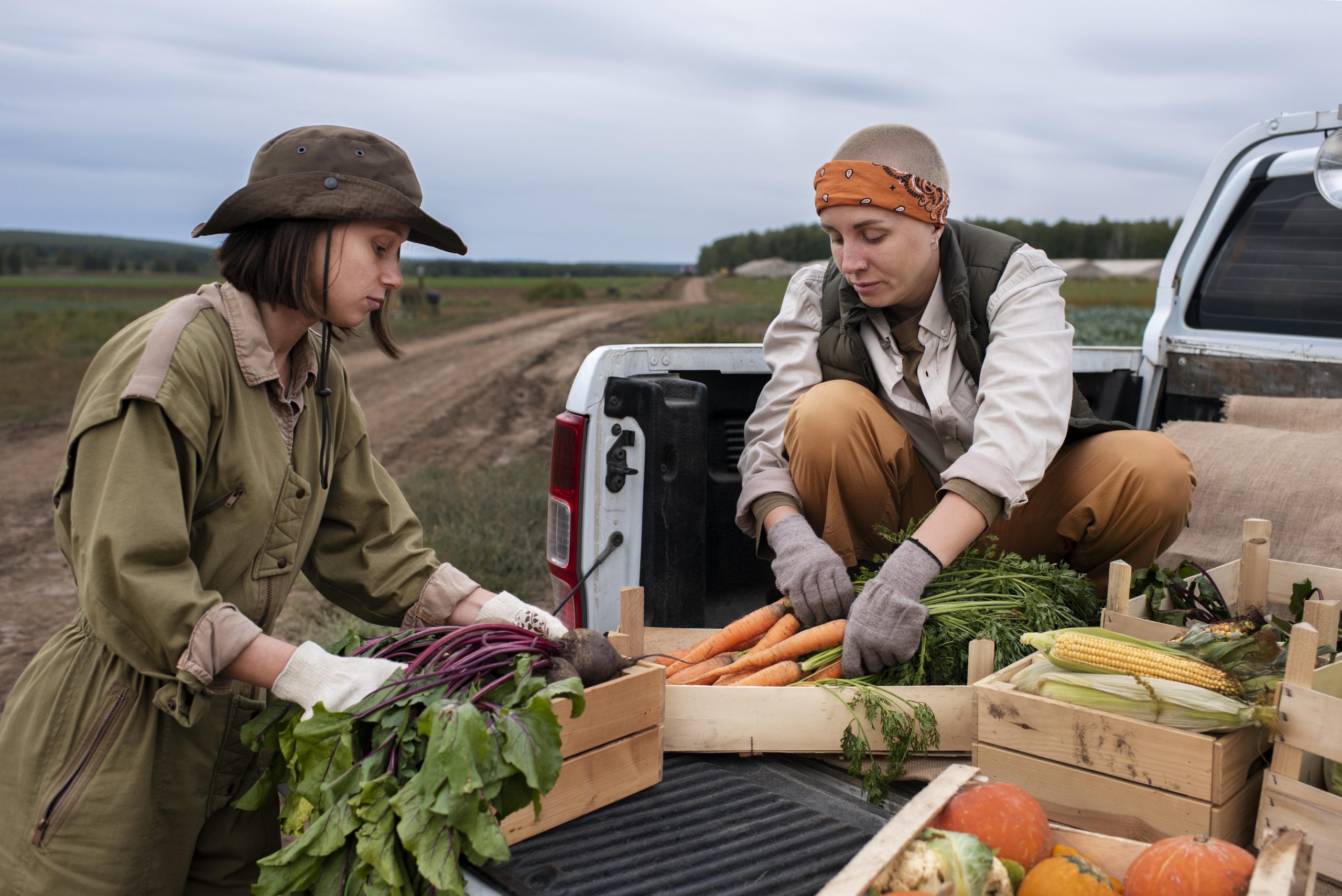Urban farming is on the rise, offering fresh, locally grown produce while optimizing space in city environments. However, these farmers face unique risks—unpredictable weather events, extreme temperatures, and environmental fluctuations can severely impact crop yields. Traditional insurance solutions often fall short in providing timely relief. Enter parametric insurance—a revolutionary approach that is reshaping risk management for urban farmers.
This article explores how parametric insurance works, its advantages over traditional coverage, and why it’s becoming an essential tool for safeguarding urban agriculture against climate uncertainty.
Understanding Parametric Insurance: How It Works
Unlike traditional crop insurance, which compensates farmers based on actual damage assessments, parametric insurance pays out when specific, pre-defined weather conditions occur—such as extreme rainfall, drought, or excessive temperature fluctuations.
Here’s how it works in a nutshell:
- Pre-defined Triggers: Instead of requiring on-the-ground damage assessments, parametric insurance uses weather data from trusted sources (like meteorological agencies or satellite imagery) to determine payout conditions.
- Automatic Payouts: Once the pre-agreed threshold is exceeded (e.g., rainfall drops below 5mm for 30 consecutive days), the policyholder automatically receives a payout.
- Speed and Efficiency: Because payments are based on objective data rather than lengthy claims investigations, farmers receive funds quickly—often within days—allowing them to recover faster.
Why Traditional Insurance Fails Urban Farmers
While traditional agricultural insurance has long been the go-to option for farmers, it often falls short for urban growers due to:
- Complex Claim Processes – Traditional insurance requires extensive paperwork and on-site inspections, delaying financial relief when it’s needed most.
- High Premiums & Deductibles – The cost of conventional crop insurance is often prohibitively high for small-scale urban farmers.
- Coverage Limitations – Many traditional policies focus on rural large-scale farms and may not cover hydroponics, rooftop farms, or vertical farming structures.
- Delayed Payouts – Even when farmers qualify for claims, they often wait months for financial assistance, by which time the damage has already impacted their ability to continue operations.
Parametric insurance eliminates these barriers by providing fast, objective, and scalable financial protection tailored to urban agricultural environments.
Key Benefits of Parametric Insurance for Urban Farmers
1. Faster Recovery from Weather-Related Losses
With traditional insurance, farmers often struggle to stay afloat while waiting for claims to process. Parametric insurance ensures that funds are disbursed immediately once a weather trigger is met, allowing farmers to reinvest in new crops, repair infrastructure, or mitigate further losses.
2. Affordable and Customizable Policies
Urban farmers, particularly those operating on smaller plots, can customize policies to protect against the most relevant climate risks in their region—whether it’s excessive heat, frost, or prolonged drought. With lower administrative costs than traditional policies, parametric insurance is often more affordable and accessible to small-scale and startup urban farms.
3. Protection for Alternative Farming Methods
Many urban farms use innovative techniques like hydroponics, aquaponics, or vertical farming—which aren’t always covered by traditional insurance. Parametric policies can be tailored to include temperature, humidity, or power outages—factors critical for controlled-environment agriculture.
4. No Disputes or Delays in Payouts
Since payouts are based on objective third-party weather data (rather than subjective loss assessments), there are no lengthy disputes or delays. Farmers know exactly what to expect, making financial planning easier.
5. Encourages Climate Resilience
Because parametric insurance allows for quick adaptation and financial recovery, urban farmers can invest in resilience-building measures such as improved irrigation systems, heat-resistant crops, and alternative energy sources.
The Future of Parametric Insurance in Urban Agriculture
The increasing unpredictability of climate change makes weather resilience a top priority for urban farmers. With AI-driven forecasting, blockchain-based smart contracts, and IoT-powered weather sensors, parametric insurance will only become more precise and accessible in the coming years.
Governments and financial institutions are also taking note, with some cities offering subsidies and incentives to encourage urban farmers to adopt parametric policies. The integration of public-private partnerships could further accelerate the adoption of data-driven climate protection solutions.
Final Thoughts: A Smarter Safety Net for Urban Farmers
For urban farmers battling climate volatility, parametric insurance is a transformative tool—delivering fast, fair, and flexible financial relief without the delays and bureaucracy of traditional insurance.
By leveraging technology and customizing protection plans based on specific environmental risks, urban farmers can safeguard their operations and build long-term resilience in an era of growing climate uncertainty.
If you’re an urban farmer looking for affordable and effective weather protection, exploring parametric insurance solutions could be your best investment for the future.





Be First to Comment